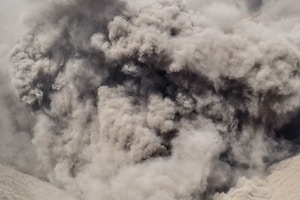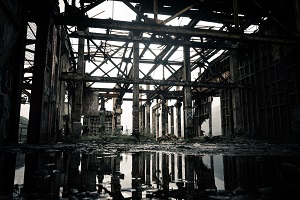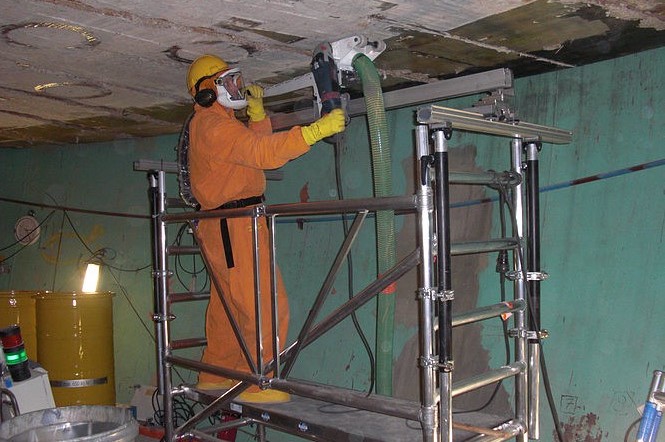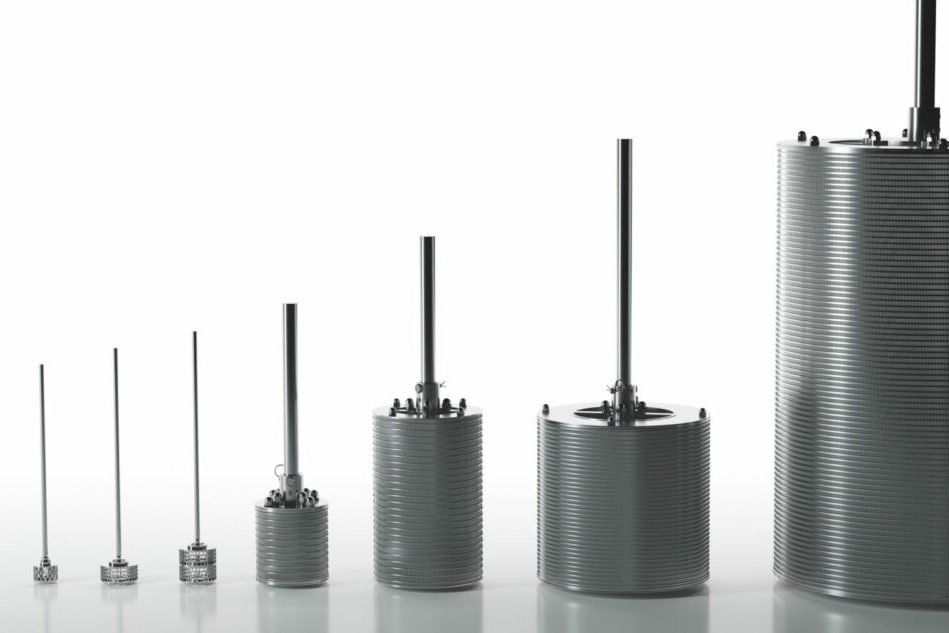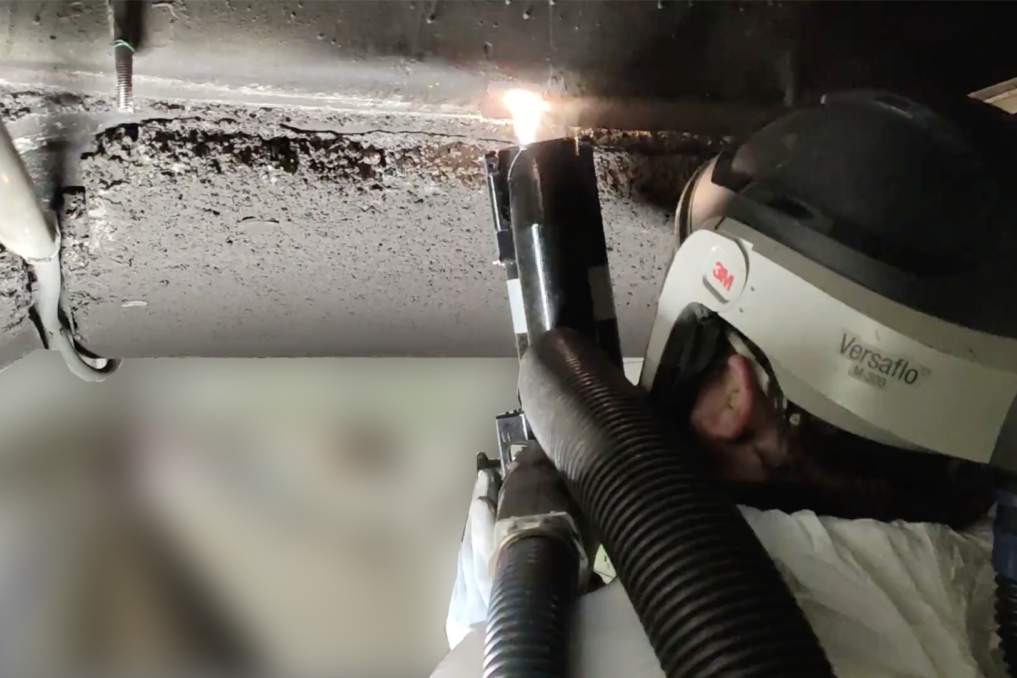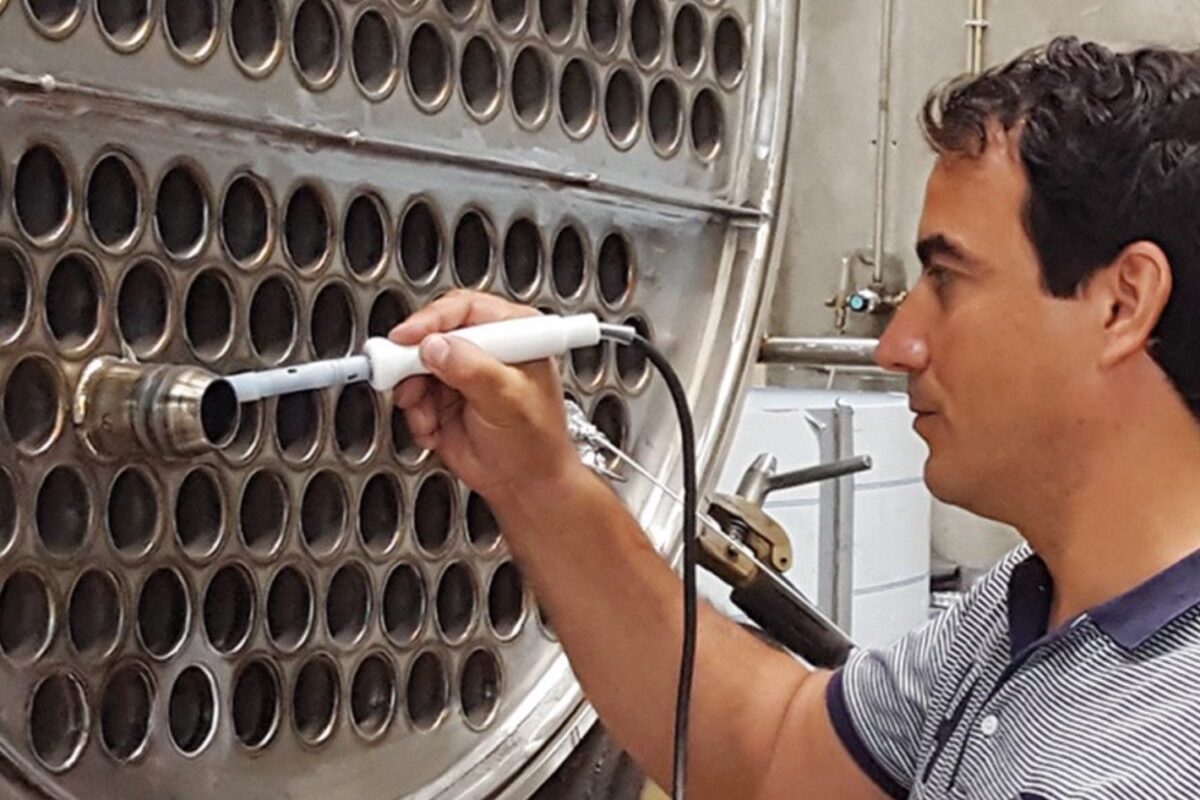The Future of Material Dewatering
The Future of Material Dewatering Is this your challenge? There is a variety of methods to process nuclear waste. When it comes to sludges, flocks or liquids, these can start with treatment such as filtration, ion exchange/adsorption, evaporation or even reverse osmosis and usually end with encapsulation or solidification in cement, bitumen or glass, to [&he
Ultra Long-Life Monitoring
Is this your challenge ? Workplaces can be contaminated by a range of contaminants. Occupational exposure to dust-emitting materials such as asbestos, lead and silica should not be taken lightly. Take for instance asbestos. Used from the 1940s through the 1970s as highly effective and inexpensive fire-retardant material and thermal and acoustic insulator, it
Drilling in asbestos-containing materials
Is this your challenge ? Workplaces can be contaminated by a range of contaminants. Occupational exposure to dust-emitting materials such as asbestos, lead and silica should not be taken lightly. Take for instance asbestos. Used from the 1940s through the 1970s as highly effective and inexpensive fire-retardant material and thermal and acoustic insulator, it
Decontamination at height using industrial drones
Is this your challenge ? Maintaining, cleaning, painting or decontaminating equipment or structures at height is always problematic in an industrial context. The typical solution usually involves scaffolding or maybe self-climbing platform. Whatever the case, in a nuclear environment, it also means every piece of that scaffolding jigsaw need to be set up, us
Powerful decontamination & protection
Is this your challenge ? Decontamination is a key decommissioning activity with high potential. Nowadays, methods of decontamination are becoming more and moreefficient in lowering risk, improving radioprotection and maximising waste segregation. Often, in nuclear power plants, reprocessingfacilities and waste repositories, decontamination can take different
Robotic & dustless scabbling for most surfaces
Robotic & dustless scabbling for most surfaces Is this your challenge? Nuclear power plants, reprocessing facilities and waste repositories often present areas that preclude human access Decontamination is a key decommissioning activity. It is used to accomplish several goals, such as reducing the dose level impact in a facility to allow for easier acces
Rotating bed reactor for liquid decontamination
Is this your challenge ? Nuclear power plants, reprocessing facilities and waste repositories all face a common challenge: processing liquid effluent generated from operations. Some of these liquid effluents have a strong toxicity that can be damaging to the environment. Treating liquid effluent is a difficult task as some of these by-products have been st
Decontamination & surface treatment gamechanger
Is this your challenge ? From reactor’s core, cooling systems, used fuel cooling ponds, discharge pipelines... a nuclear site does have a few submerged environments to consider. Some of which do require regular inspection, to monitor maintenance regime or ascertain decommissioning strategy. Although some of these environments might require radiation resist
Portable decontamination tool
Is this your challenge ? Either to reduce the dose level impact in a facility to allow for easier access during dismantling (radioprotection), to minimise the potential for spreading contamination during further dismantling (safety), to allow for the disposal of waste in a lower category or even to consider clearance of material (ALARP & cost savings),





